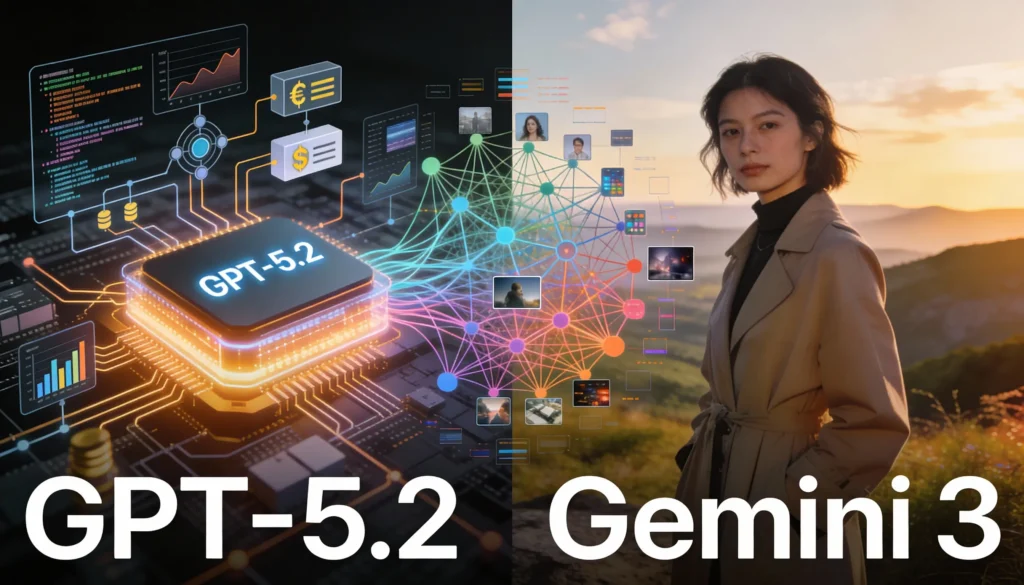Here are all the topics we will cover in this guide
Social platforms are search engines now. Today, we’ll explore how to improve your social profiles for search engine optimization, using YouTube and Instagram as examples, and discuss the powerful feedback loop that can boost your local presence to a global audience.
Understanding the Feedback Loop
A powerful feedback loop exists between social media and SEO. Each one influences the other, so understanding how they work together is critical to getting found online. More shares and mentions on social platforms can boost your brand's authority and trustworthiness, which drives more website traffic and valuable links back to your site.

How Social Media and SEO Are Interconnected
Social Signals
Likes, shares, and comments on your social profiles send indirect signals to search engines. While not a direct ranking factor, high engagement leads to more website traffic, which absolutely improves your SEO score.
Content Discovery
Going viral or having your content shared widely on social media naturally attracts more links and brand mentions from other websites, which plays a major role in building your site's authority and SEO ranking.
Local SEO
Social media is a powerful tool for local discovery. Using geotags on your posts, creating content relevant to your local scene (e.g., in Tripoli or Beirut), and optimizing your profile text helps you get found by customers nearby.
Geographically Targeted Content
This is your local hack to get more local followers. Creating geotagged content is a strong way to integrate your social media marketing with local SEO. It comes down to two simple things:
- Use ‘Near Me’ Keywords: Include phrases like "coffee near me" or "fitness in Beirut" in your post captions and hashtags. This helps you appear in searches from high-intent users who are actively looking for your services right now.
- Geotag Everything: When you post on Instagram or Facebook, always tag your location. Include posts with your street, your neighborhood, and your city to maximize your local visibility.
Ensuring NAP Consistency
No, not taking naps (though they are important). In SEO, NAP refers to your Name, Address, and Phone number. It is absolutely critical that this information is identical across your website, your Google Business Profile, and all your social media profiles.

If you’re launching a new brand, check if your desired name is free on all social platforms and grab it immediately. If it's taken, you may need to get creative with variations like "mybrandname" or contact the owner.
Key Takeaways
Integrating social media marketing with SEO is a powerful strategy that can significantly enhance your online visibility. By understanding the feedback loop, creating geographically targeted content, and ensuring your business information is consistent everywhere, you can create a cohesive marketing plan that drives real results.
If you need help building a unique personal brand or getting your business’ socials to boom, book a complimentary strategy session with us!




